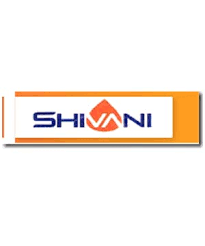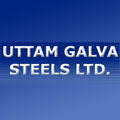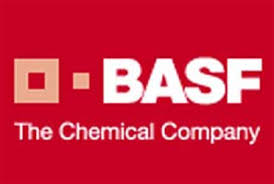
Some of the major mandatory rules to be kept in mind to have safe and steady return in capital market :
Being a trader or investor in stock market , we need to keep some of the basic concept in mind while trading or working in stock market to avoid any sort of major uncertainty and to have steady and stable return of the hard invested funds with less or no risk engagement.
- Proper Allocation of Funds
The most crucial point while investing in stock market is to allocate the funds in proper counter and in the ratio as required to maintain stability and to expect reasonable return of the invested funds within proper time.
- Diversification of Investment
On macro basis , diversification is a tool where investment of funds is done in various aspects or opportunity available in market in proper ratio to avoid any risk of a particular field and to enjoy the benefit of all sort of available options with the available funds.
Likewise in equity market we must diversified the amount or funds available with us , say we can invest 50% of the fund in long term stocks with allocation of fund in designed portfolio , 25% is invested in medium and short term stocks to get regular return and balance 25% to be invested in mutual funds through proper channels or via Systematic Investment Plan (S.I.P).
This will reduce the risk involved while investing the funds in stock market as if one of the option fails to give you proper return , you need not apologize to miss the other one. Though practically it is found a investor who goes with this theory is gainer in long term as the average return from all aspect from time to time is excellent.
- Proper Time of Entry & Proper Exit
This is one of the most essential element while investing as we need to maintain the time factor here proper time of entry will get you invested in the proper counter as correct time , while if we are not informed about the time of exit we will be greatest looser by not only loosing the deemed and accumulated unrealized gain but a handsome part of the invested fund will get washed away with our wait to get the repetition of levels.
The ultimate gainer of the stock market is one who has not been able to accumulate heavy gain by investing in the stock and watching it on screen but one who has not only earned but also has realized the same and taken the entire pr hand some part home.
- Strong Decision at Tough time
The other part to be kept in mind is that if we do not have the capacity to take strong decision at tough time else we will be left out with only feeling of apologize.
In case, market shows the extreme reverse trend at any time when all our expected stop loss in mind are broken , then at that point we should not be stubborn and wait endlessly to get the targets revised to exit , we must makeup our mind and take a wise decision at per practical situation , though at some times we may be proved wrong but as we had exit with gain so it would be better instead to loose the entire left out residual gain with expectation to get the revision of previous high levels.
- Average Buying
Averaging is the most wisest mode of investment in stock market , as we enjoy buying at all levels of the market and do not have left out feeling in case the market goes reverse.
Say, if we are interested to buy 100 shares of a stock we should buy it 50:25:25 ratio i.e buy 50 shares at the most expected lowest level as per your expectation and later if the market and stock slides further buy 25 and remainder to be bought at further lower level , though some times it may be bought at little higher levels but never mind it happens occasionally. This theory is always better then emotional buying of the entire stocks at a single point.











